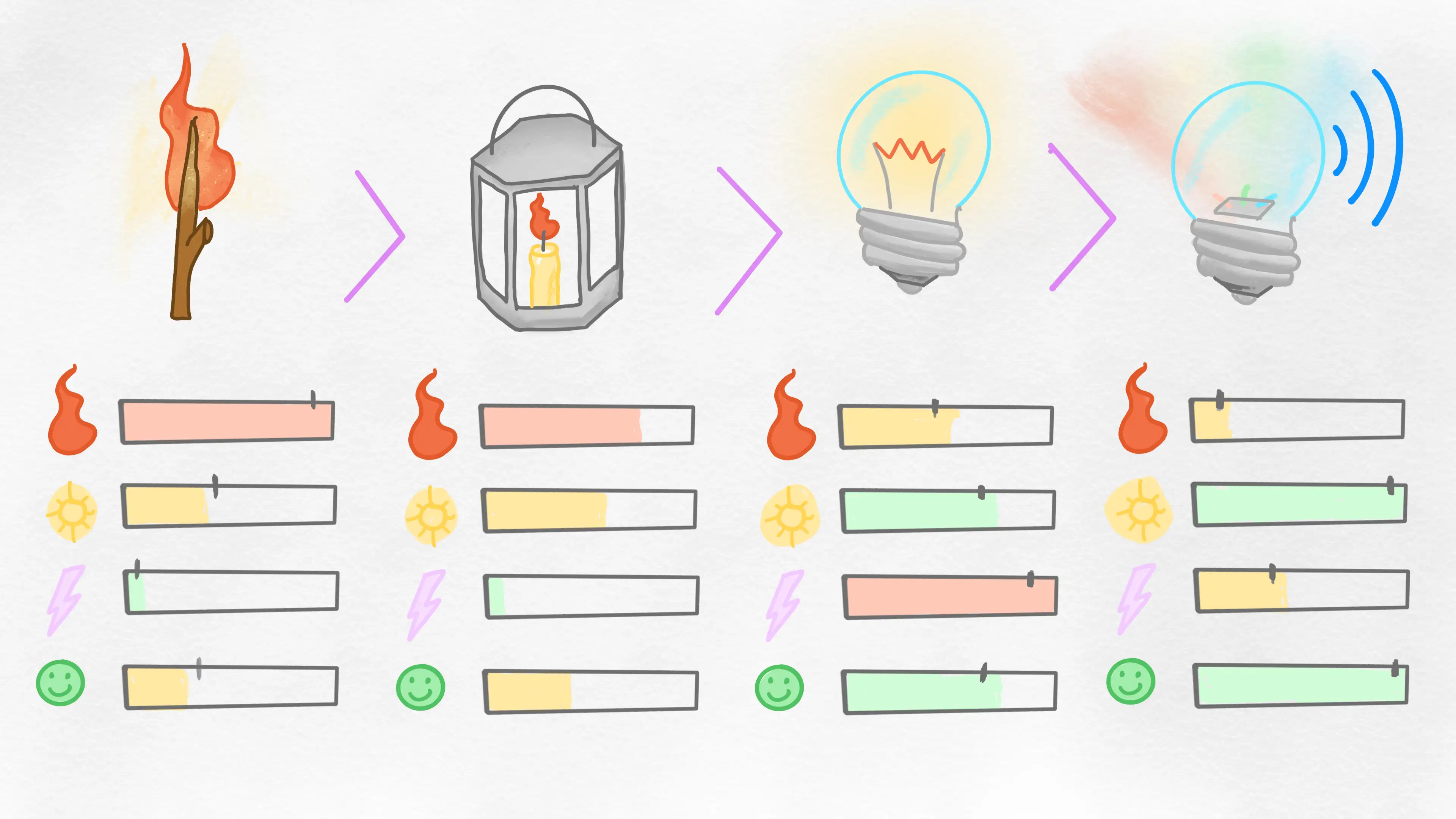You’ve had an idea, you’ve presented it, and you’ve been given the green light. Congratulations! Now, you’re leading a project. 🎉
There’s a lot to do, but don’t get overwhelmed. We’ll take it step by step. Make sure to do things right! Since this project is your initiative, it will be especially important for you to follow best practices.
There’s plenty of literature on how to manage a project, so instead of repeating the usual advice, in this article I’d like to highlight some tips that aren’t mentioned very often or that have truly made a difference in my experience.
This article continues the series How to Implement Ideas Without Killing Anyone:
- How to Prepare to Present an Idea?
- How to Succeed by Failing Cheaply?
- How to Speak Your Boss’s Language
- Executing Ideas: Setting Objectives and Tracking Progress
- How to Offer and Receive Feedback (and Come Out Looking Good)
Break it into phases
Don’t try to do everything at once.
The same principles we discussed when talking about MVPs apply here:
- Break the work down into small stages so you can focus on a few things at a time, and adapt as the project evolves.
- Most importantly, set goals for each phase. Communicate those goals and make sure everyone is aligned: From the workers under you to the managers above your boss.
It’s useless for your team to work hard to meet deadlines if expectations at the top are different.
Managing expectations is one of the most critical tasks in project management.
Keep continuous track
Always be aware of how the project is going, especially which areas are at risk. The last thing you want are bad surprises.
The important thing, whether you’re using a project management software or a notebook, is to:
- Identify hidden work as early as possible. These are tasks that go unnoticed and take much more effort than estimated.
- Keep track of problem areas.
- Communicate frequently about the project’s status. Both upward and downward.
If the project is delayed, everyone will appreciate knowing in advance, while there’s still time to address it.
Listen to stakeholders and adapt
As we said earlier, an idea or a project is like our baby. We have a vision of how we want it to be, and we tend to react negatively to any proposal that veers away from that vision.
But…
We don’t need another Titanic!
The sinking of the ship could have been avoided if they had listened to the numerous iceberg warnings in the area.
We need to learn how to listen and filter out the important information from the noise. We’ll talk more about this later.
What we find harder when adapting is:
- Prioritizing. For example, putting aside a part of the project that isn’t essential.
- Assessing risks. We tend to downplay risks when we are too involved and we have tunnel vision, until it’s too late.
- Empathizing with users. Sometimes we create solutions in search of problems, forgetting who will actually use the outcome of our work (because what we’re making is soooooo pretty).
The key is to step back and see things from a broader perspective. Learn to evaluate when it’s time to reconsider our first principles and adapt our project.
Conclusion
If you’re managing a project and want to see it through successfully, follow best practices, anticipate problems, and continuously adapt.
If you want to know more, check out other articles in the series How to Implement Ideas Without Murdering Anyone:
- How to Prepare to Present an Idea?
- How to Succeed by Failing Cheaply?
- How to Speak Your Boss’s Language
- Executing Ideas: Setting Objectives and Tracking Progress
- How to Offer and Receive Feedback (and Come Out Looking Good)
